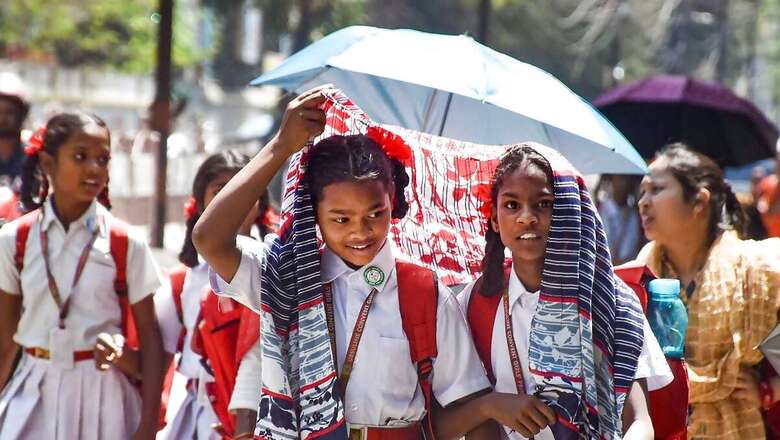
views
Delhi’s primary weather station, the Safdarjung Observatory, has not experienced any heatwave this summer season. In fact, it is expected that there will be no heatwave until the end of June.
This is quite unusual because since 2011, the observatory has always recorded at least one heatwave in summer, according to the India Meteorological Department’s (IMD) data.
“The Safdarjung Observatory has not recorded any heatwave this summer season so far. Also, there will be no heatwave in the next seven days. Since 2011, this is the first summer without a heatwave in Delhi,” said Kuldeep Srivastava, the head of the IMD’s regional forecasting centre.
Meteorologists attribute the absence of heatwave days to excess rainfall due to higher-than-usual western disturbances — weather systems that originate in the Mediterranean region and bring unseasonal rainfall to northwest India — this summer season (March to June).
According to the IMD’s data, Delhi recorded 111 mm rainfall in May, 262 per cent more than the long-term average of 30.7 mm and the fourth highest in the month since the Met office started maintaining records.
The city logged more than 20 mm rainfall in April, the highest in the month since 2017, and heatwave conditions at isolated pockets.
The Met department has forecast intermittent rains over the next six to seven days, with the intensity peaking between June 25 and June 27.
Maximum temperatures are predicted to hover around the 35-degree Celsius mark during the period.
Though the IMD’s extended range model guidance shows an upswing in rains over northwest India in the last week of June, the Met office is yet to announce a date for the arrival of monsoon in Delhi.
Normally, the rain-bearing system reaches the capital by June 27.
Mahesh Palawat, a meteorologist at private forecasting agency Skymet Weather, however, said monsoon may reach Delhi on June 28-29.
The IMD on Friday said monsoon has further advanced over some more parts of Karnataka, Telangana, the remaining parts of Andhra Pradesh, some parts of Vidarbha, Chhattisgarh, the remaining parts of Odisha and Gangetic West Bengal, some more parts of Jharkhand and Bihar and some parts of east Uttar Pradesh.
The southwest monsoon flow has strengthened over the subcontinent and the rain-bearing system may cover some more parts of Chhattisgarh, the remaining parts of Jharkhand and Bihar, some parts of east Madhya Pradesh and Uttar Pradesh and some parts of Uttarakhand over the next two days, it said.
“A cyclonic circulation lies over the northwest Bay of Bengal, extending up to the middle-tropospheric levels. An east-west trough runs from north Punjab to the above cyclonic circulation, extending up to the lower-tropospheric levels. These systems will help monsoon advance further,” an official said.
“Conditions are also becoming favourable for further advance of the southwest monsoon over some more parts of Maharashtra, Karnataka and Telangana during the next three-four days,” the Met department said.




















Comments
0 comment